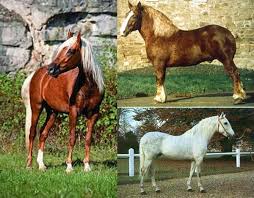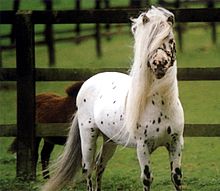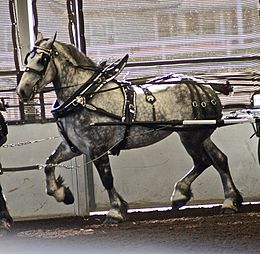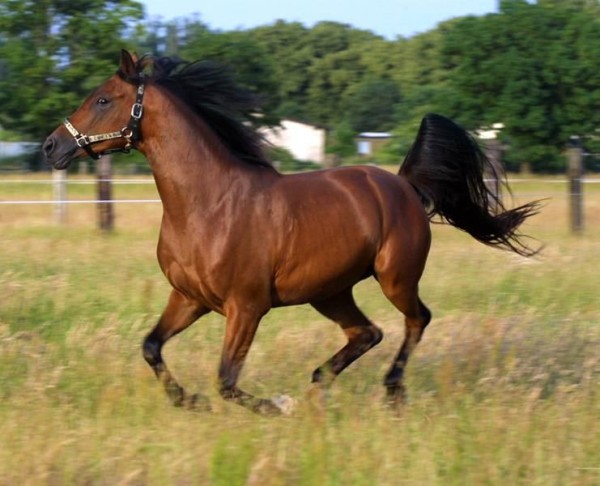elements
OSSETIAN ROCK HORSE (part 3)
 Archaeological material belonging to the Scythian period reflects close contacts between Iranian-speaking nomads and Caucasian tribes. Particularly intense interaction took place in the Central Caucasus. Under the influence of the ancient Iranians, local tribes underwent changes in military affairs. They began to use cavalry in the war, especially in the 7th-6th centuries. BC, during the stay in the open spaces of the North Caucasus Scythians. From time to time, their numerous equestrian squads made successful campaigns from here to the countries of the Near East. During this period, cavalry became the dominant branch of the Caucasian tribes. Together with equestrian battle tactics, Caucasian tribes adopt the horse itself from the Scythians. Part of the Scythians, and in the VI-V centuries. BC. and savromatov, mixed with cobans who lived in the foothills. The presence of nomadic burials in the mountainous regions of the Central Caucasus dating back to the 7th-6th centuries. Continue reading
Archaeological material belonging to the Scythian period reflects close contacts between Iranian-speaking nomads and Caucasian tribes. Particularly intense interaction took place in the Central Caucasus. Under the influence of the ancient Iranians, local tribes underwent changes in military affairs. They began to use cavalry in the war, especially in the 7th-6th centuries. BC, during the stay in the open spaces of the North Caucasus Scythians. From time to time, their numerous equestrian squads made successful campaigns from here to the countries of the Near East. During this period, cavalry became the dominant branch of the Caucasian tribes. Together with equestrian battle tactics, Caucasian tribes adopt the horse itself from the Scythians. Part of the Scythians, and in the VI-V centuries. BC. and savromatov, mixed with cobans who lived in the foothills. The presence of nomadic burials in the mountainous regions of the Central Caucasus dating back to the 7th-6th centuries. Continue reading
OSSETIAN ROCK HORSE (part 2)
 He left the following description of horses that were used for riding by Ingush mountaineers: “Horses in the mountains are small, but hardy, light on the move” [12, p. 372].
He left the following description of horses that were used for riding by Ingush mountaineers: “Horses in the mountains are small, but hardy, light on the move” [12, p. 372].
Describing Adyghe horses, Y. Klaprot reports that their horses are of medium size, mainly chestnut or bay suits. He indicates that the best breed among the Adyghe horses is a hut, whose foal is equal to the price of a slave. At the same time, Y. Klaprot draws attention to the fact that “there are not so many good horses among the Circassians, as is usually believed” [9, p. 223]. As follows from this message, the Adyghe horses were slightly higher in growth in comparison with the horses of other highlanders. The rather large similarity of the descriptions of the horses of the mountain peoples of the North Caucasus, which is observed in written sources, probably indicates their common origin. Continue reading



